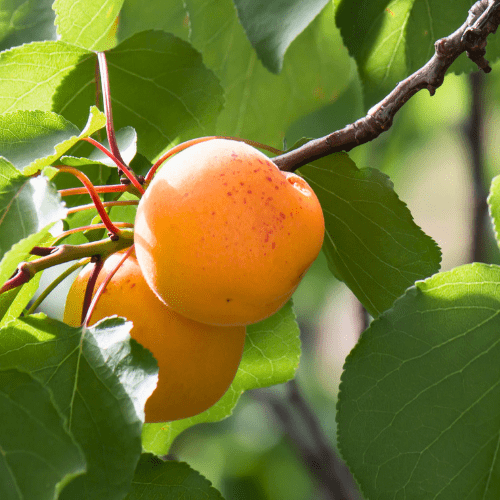Position
Full sun is required for good fruit setting. Plant your fig tree at least 5 to 6 metres away from any buildings or other trees to allow its roots and canopy to spread comfortably.
Size
The Deanna fig tree typically grows to a height of 3 to 6m. With regular pruning, its size can be easily controlled, making it suitable for smaller spaces or container gardening.
Soil Type
Fig trees can grow in most types of soil as long as the soil is well-drained and contains plenty of organic material. They do not like acidic soil, so use ordinary organic compost to maintain a neutral pH.
Watering
Water your fig tree every second day after transplanting it. Thereafter, it will need a good soaking once a week if there has been no rain.
Mulching
Add a thick layer of pine bark mulch, keeping it about 20 to 30 centimetres away from the tree trunk (any closer may cause excess moisture and damage the trunk). This will retain the moisture in the soil and will prevent weeds from taking over.
Fertilising
Fig trees are so easy to grow and rarely need fertilising. A fig tree that gets too much nitrogen produces less fruit and is more susceptible to cold-weather damage. Use a general-purpose fertiliser with an analysis of 8-8-8 or 10-10-10. If the tree does not fruit properly, you are possibly overfeeding it. If not, try our slow-release all-purpose plant fertiliser. Apply 1 teaspoon every 4-5 months, and your tree will absorb what it requires.
Pruning
It’s best to prune your tree during the winter by removing suckers growing on its base. Cut away dead and diseased wood. The main branches can also be cut back.
Pests and Diseases
Aphids, citrus psylla, red scale, citrus greening. Spraying regularly with Agricultural Neem Oil or Effective Microorganisms (EM Control ) will assist in either prevention or after the fact. If you already have aphids or mites, wash the tree with a harsh hosing, and when dry, spray with Neem oil or EM Control.
Practice good garden hygiene (remove fallen fruit and leaves).
Watch for root rot (caused by overwatering) and fungal infections during wet periods.
Harvesting
Figs don’t ripen after being picked, so be sure they are ready to enjoy before selecting them. Generally, they are prepared to choose once they hang down and are not perpendicular to the stem. They will also change colour as they ripen (the colour depends on the species).








